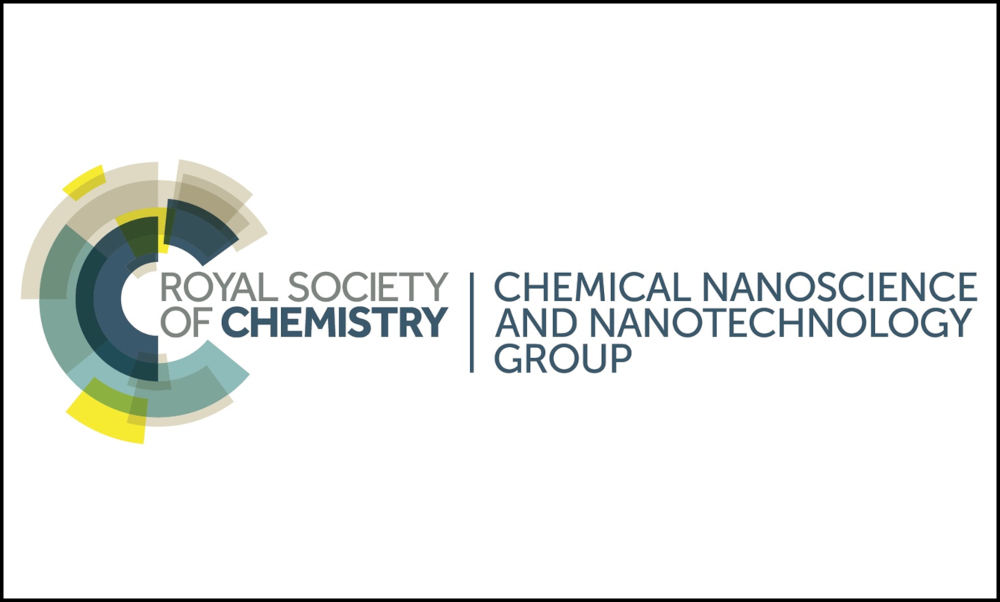
RSC Nanosci/Nanotech Group
There is a RSC Nanoscience Committee every 3 months - let Adam know if theres anything you want raising
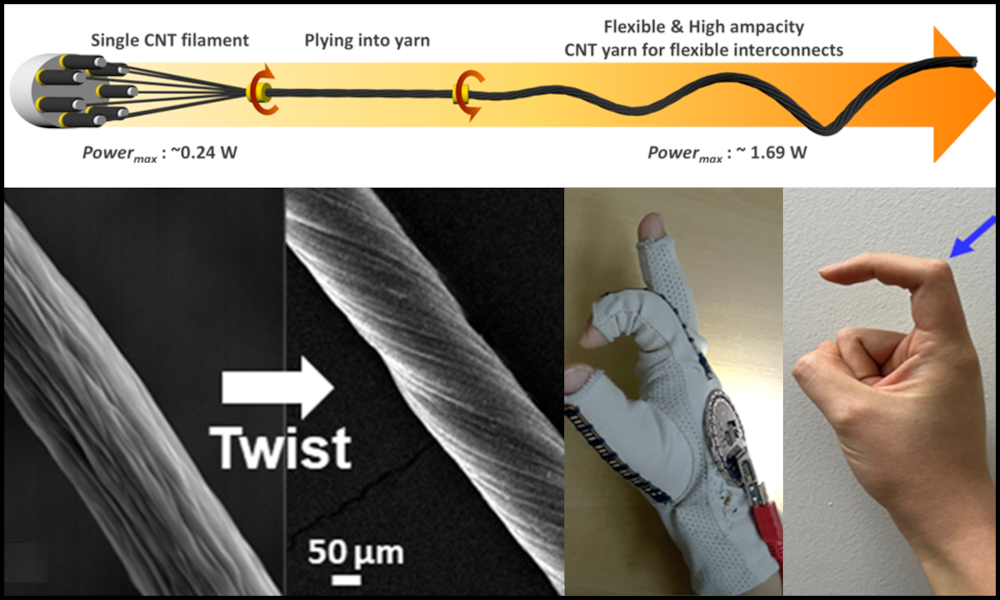
Nanotubide (anionic nanotubes) are a longstanding focus in my scientific career, and after a post-PhD hiatus as I built an independent portfolio, they finally came back into the fold this year in our Nature Nanotechnology paper, and just like London buses, along comes another. This time, the work was led by my long-time friend Wonjun Lee, who has finally unambiguously shown that nanotubide can form lyotropic liquid crystals (without crown ethers), using the DMAc/sodium/naphthalene reaction we invented. After a bit of proper fundamentals to understand how the sodium counterion concentration dictated the effective width (and thus effective aspect ratio) of the liquid crystals, they started fiber spinning. With a focus on the oft-ignored torsion properties, they break our previous record in specific torsional strength to make highly conductive tough fibers suitable for wearable electronics, like a powerglove-esque motion detector. Read all about it now in ACS Nano.
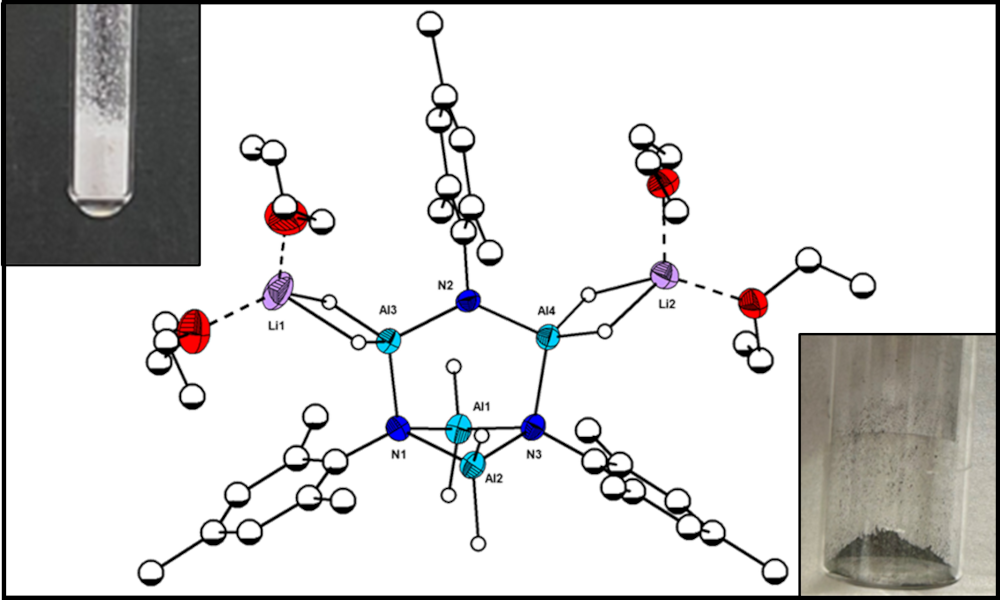
Printable aluminium metal would revolutionise electronics, but most soluble aluminium compounds transform into aluminium oxide which can be useful (e.g. see our printable Al2O3 work in ChemPlusChem) but it doesn't exactly conduct. Most Al-metal precursors rely on hydride clusters which are effective, but degrade at annoyingly low temperatures and have a nasty habit of setting everything on fire, making them less practical for the real world. Here the clever folks in Caroline Knapp's group made sterically-constrained Al4H6N3 clusters which can degrade to metallic Al, but also just fizzle out in air, making for a much safer alternative. Read all about it now in Nature Communications)
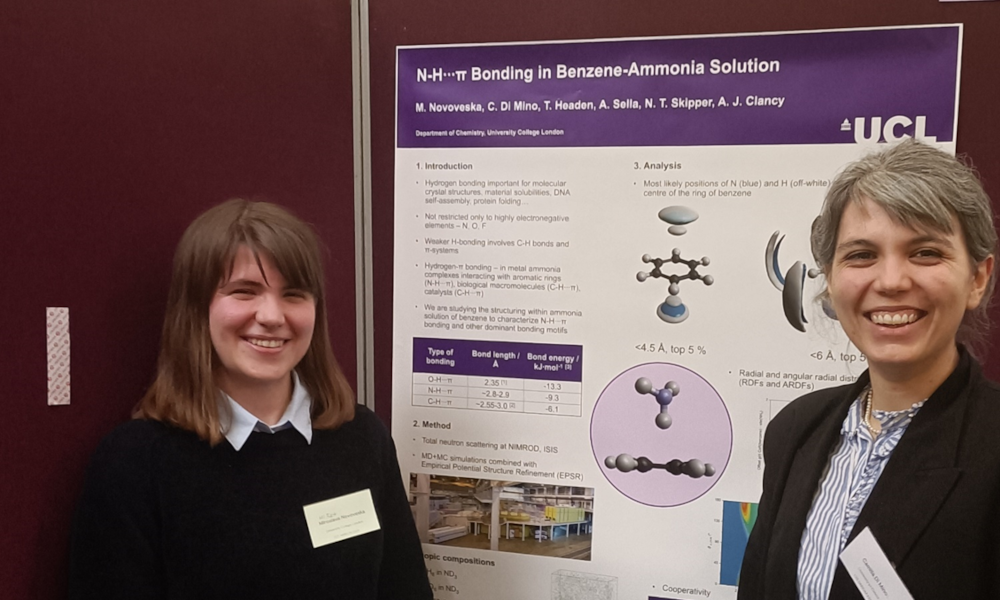
Big congratulations to Mirka for her excellent prize-winning poster on benzene-ammonia solvation using neutron scattering (paper coming soon). The first of many prizes in her career, I'm sure.
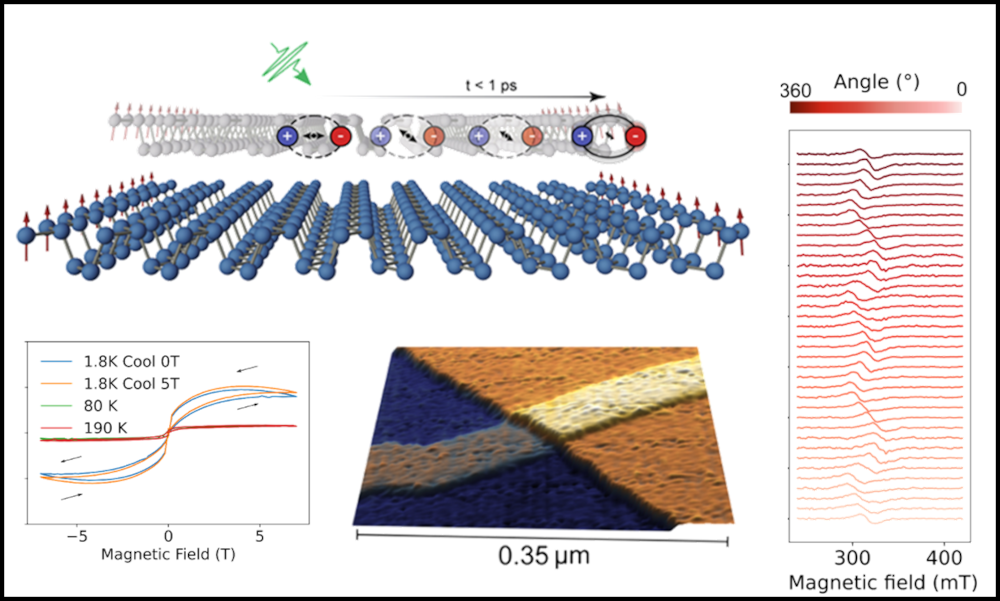
If you’re the smartest person in the room, you’re in the wrong room, and I have never felt my location could be more right than when I’m meeting with Raj Pandya (Warwick) and Arjun Ashoka. This paper is a ridiculously comprehensive summary of the optical, magnetic, and opto-magnetic properties of our phosphorene nanoribbons, linking optical properties and magnetism to the edge states of PNRs. One of the most thorough pieces of work I’ve ever had the luck to be involved in. Have a read here now!
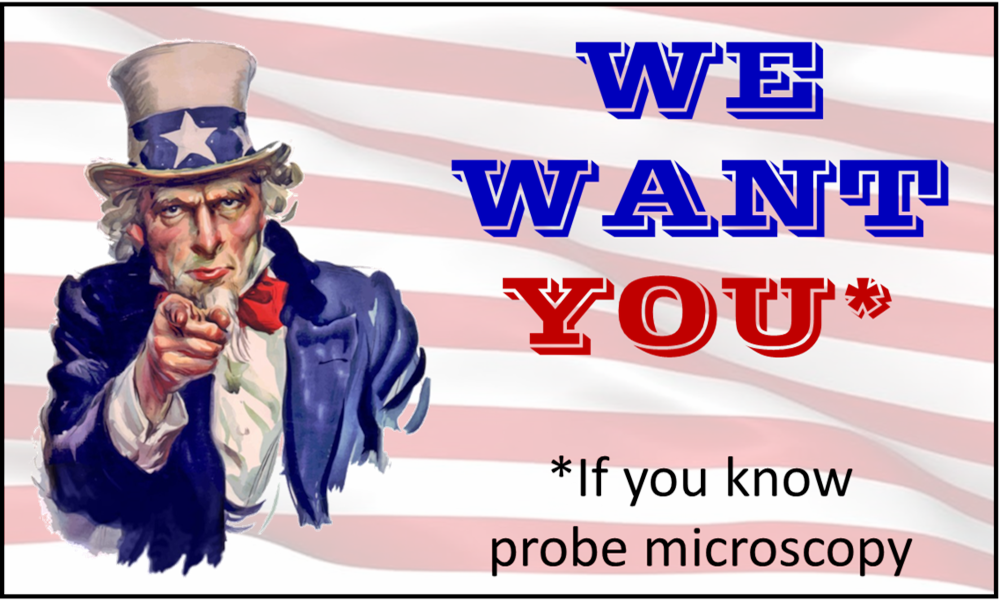
We have had funding confirmed for an 18 month PDRA position to use photo-induced probe microscopy to investigate the edge chemistry of 2D materials. Its not a common technique, but in short it is effectively an AFM with an IR spectrometer strapped on top to give 5 nm spatially resolved IR spectra. While we don’t expect to find a PiFM user, we will be prioritising candidates with probe microscopy experience, ideally for mechanically exfoliated 2D nanomaterials. The job will be based in London with regular extended excursions to Cardiff. Email Adam if you have questions or want to discuss the position. [N.B., the position is now closed].

As a research group interested in nanomaterials, solution processing, and neutron scattering, it feels good to combine all three and use neutrons to uncover how nanomaterial solutions form. Spoiler warning for the Nature Nanotechnology paper, but it is due to long range ordering of solvent molecules. While each solvent-solvent interaction is weak, by templating the majority of the molecules in solution without significantly disrupting the inter-solvent bonding motifs, you can have a notable enthalpic gain for minimal entropic cost upon solvation. We can also see how sodium counterions behave next to charged carbon nanosurfaces and see they are desolvated when close due to preferential solvation of the surface, with really significant implications for the supercapacitor community. Have a read here now!
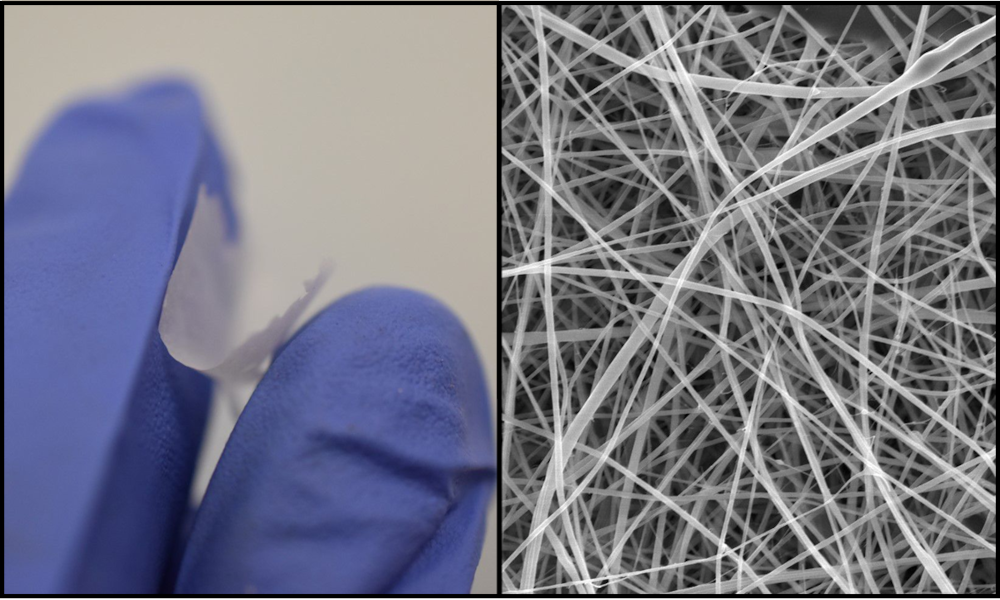
A glorious day for those with small appetites, we created the thinnest spaghetti in the world by ~1000x, through electrospinning flour solutions. There is an added benefit that starch nanofiber mats have remarkable promise in next generation medical applications from smart wound dressings, to bone regeneration scaffolds, and with this work we can now make them in a more environmentally friendly route. The trick is to not undertake industrial starch purification, and instead use (starch-rich) flour from Marks & Spencers. It caught the eye of the public and we are in The Telegraph, The i, Irish Times, The Moncrieff Show, New Scientist, and beyond! Most credit and acclaim should go to Beatrice, who did the vast majority of the work as her MSci project.

Im always happy to talk about AsPNRs, but its even better when I get invited to the best slot (immediately post-lunch. People are always there around lunchtime, but they aren’t hungry and distracted like beforehand, nor so late that the post-food sleepiness sets in). Its been years since I went to an EMRS - the first trip of my independent career - and its been great to meet old friends (hi Yaqi, hi Zdenek!) and build new collaborations.

I'm honoured to have been elected a committee member of the Royal Society of Chemistry Chemical Nanoscience and Nanotechnology Group. There were no shortage of strong candidates, which makes me all the prouder to have a place at the heart of UK and worldwide nanomaterials chemistry. I even avoided the temptation to vote for myself (I abstained).

OK, this one wont make the group website front page, but we had our first ever group photo, which makes me really proud. Thanks to Said for acting as cameraman. Next time we will probably go further afield than the lovely concrete brutalist backdrop of the department though.
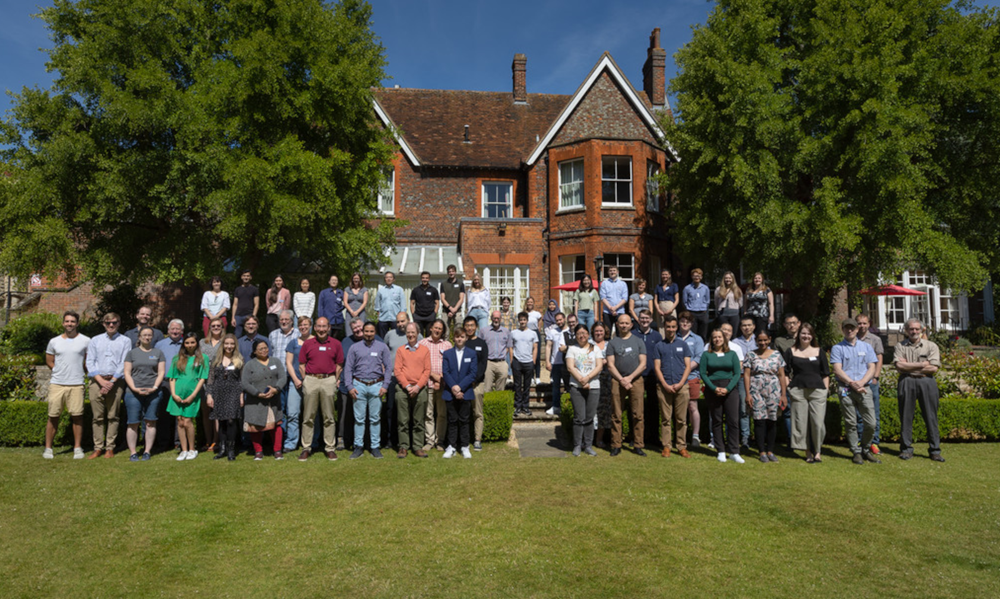
The disordered materials-neutron community is at the heart of a lot of the research we undertake in the Clancy Lab, so its always good to all get in the same room and chat about the science we care about. We presented our thiophene work (a landmark in Dissolve replacing EPSR) and heard plenty about batteries, MOFs, glasses, ionic liquids and lots of weird and wonderful science beyond. Particular note goes to Daniel Bowron's lock-in amplifier work which could be a real game-changer - so long as you listen to Daniel and "just trust the maths".
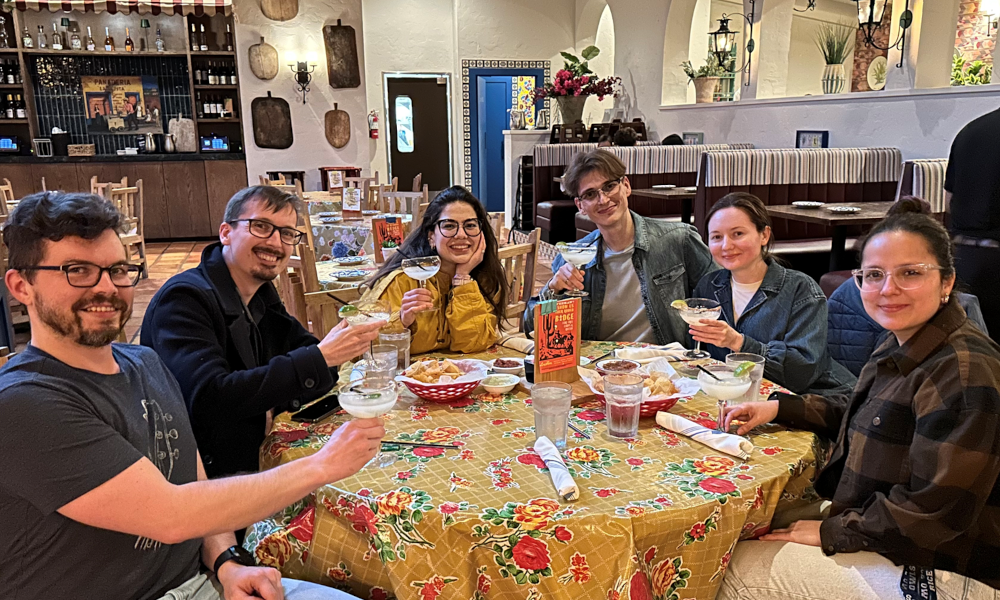
We have exciting plans for using superacids in nanomaterial processing, building on the exceptional work of Prof Matteo Pasquali. Their work on highly conducting carbon nanotube fibres from chorosulfonic acids solutions is genuinely one of the most promising and realistic routes to turning nanocarbons from an academic oddity into a world changing class of materials. Even better, their positively charged solutions (not dispersions) are the perfect mirror of the negatively charged species we know and love in the Clancy Lab. However, as the term "superacid" might suggest, they can be tricky things to work with, so I was kindly invited to visit for a week to visit the labs, give/see talks, and learn the corrosive ropes. Massive thanks to Matteo and the group for the opportunity and for making me feel so welcome.
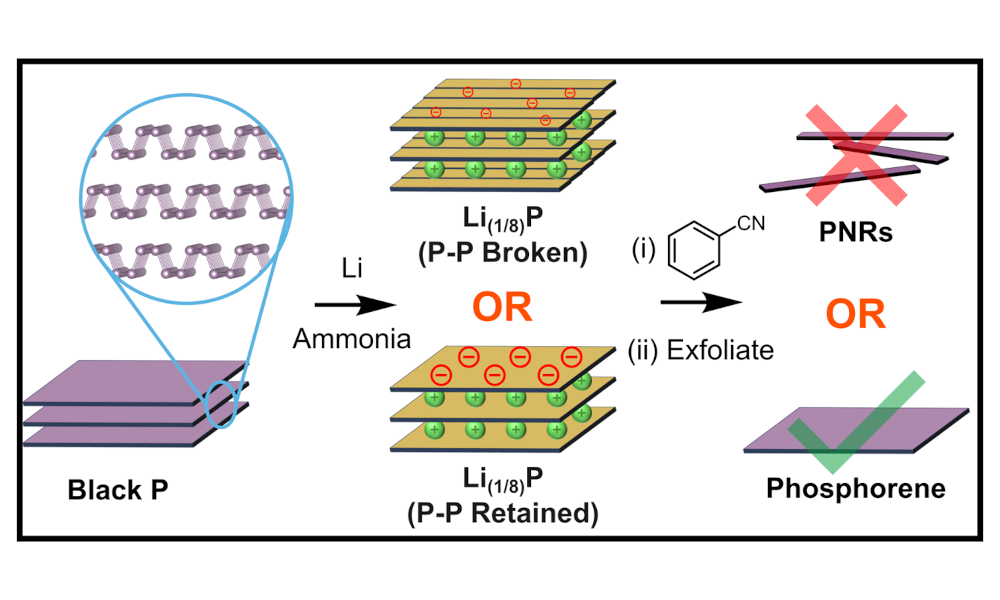
Phosphorene nanoribbons (PNRs) are remarkably promising materials, and with the pioneering work of Prof Howard in UCL Physics, we now have a route to make them in bulk through a two-step process: intercalation in lithium electride, then dissolution in amides. However, while it works, we don’t know how or why, which impedes our ability to control and improve the synthesis. To this end, we have decoupled the steps to see if PNRs are formed through intercalation alone, taking inspiration from the Hirsh group of Erlangen, who deintercalated graphite intercalation compounds with PhCN. Long story short, it looks like the intercalation of black phosphorus primes it for ribbonisation, but the solvent is needed to create the ribbons, not just to dissolve them. Now we just need to find out how the solvent does this. For now, you can read about our work in Nanoscale.
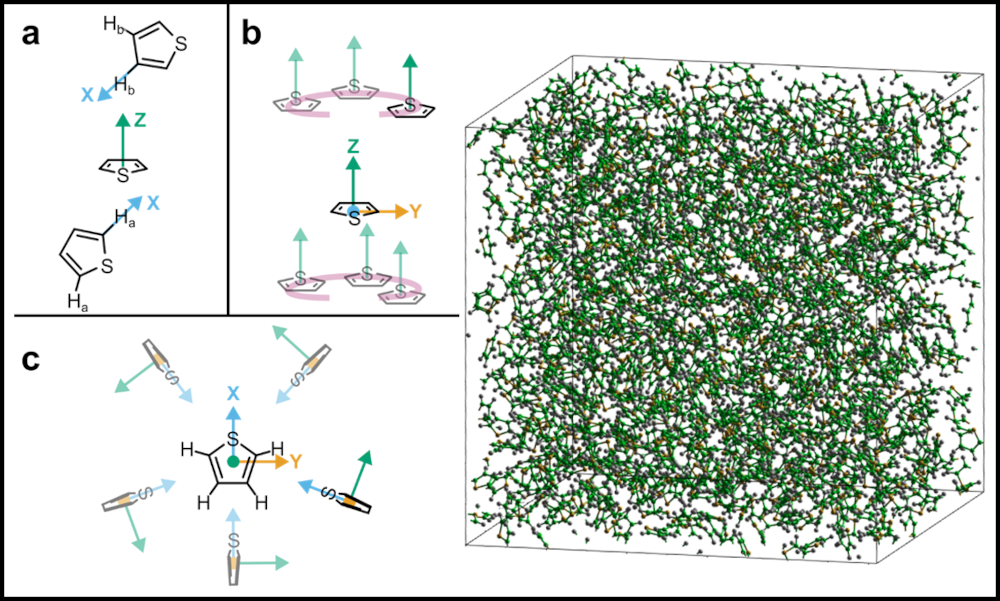
A big month for us on neutrons for liquid structure following Martin's PTI-DMSO work, and Neal's methanol-benzene Nature Comm, but this one was led by the Clancy Lab. Thiophene is found everywhere from pharmaceuticals, to plastic electronics, to Mars (seriously, it's the strongest evidence we have for Martian life). As with all disordered liquids, finding the structure that is there is hard, which is why we employ neutron scattering techniques and isotopic substitution to find the signal in the noise. We actually go one step beyond here, being the first people to use a new routine, Dissolve, which uses both Monte Carlo simulations and molecular dynamics to untangle the neutron data. We fully expect it to become the gold standard for liquid structure neutron data analysis moving forward so are delighted to have pipped several other groups to the post! The use of a single component rigid molecule certainly helped versus some of the more complex systems we and others study, but don’t let the molecular simplicity trick you into thinking the liquid structure is simple. You can read all about it in PCCP here.
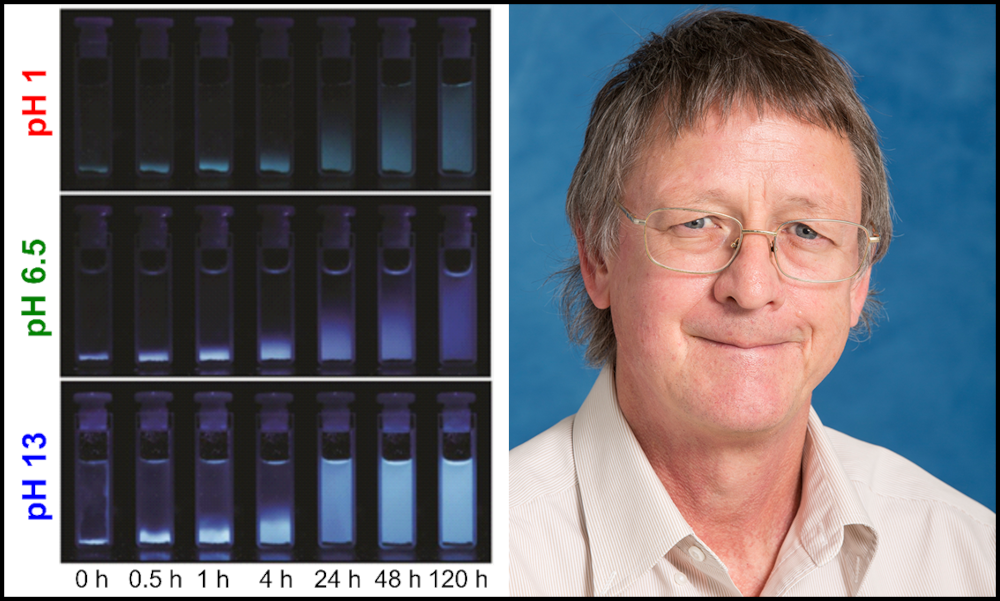
This paper comes from one of two issues in Phil Trans A dedicated to my late mentor Prof Paul McMillan, and while he will undoubtedly crop up in some other papers, this was the last proper project we shared. PTI carbon nitrides have pyridine N's and NH bridges which can be protonated/deprotonated respectively. After acid/base treatment, the charge on the sheets makes them soluble in water spontaneously, but only up to a certain point. If you add too much acid/base, the charge gets screened and they are no longer soluble. Credit to Theo Suter for doing the initial experiments, and eternal gratitude to Paul for this and so much more. You'll be missed. Read the issues dedicated to him here, which also includes work from Paul's good friend Martin Wilding on carbon nitride-DMSO interactions, which we also contributed to, which you can read about here.
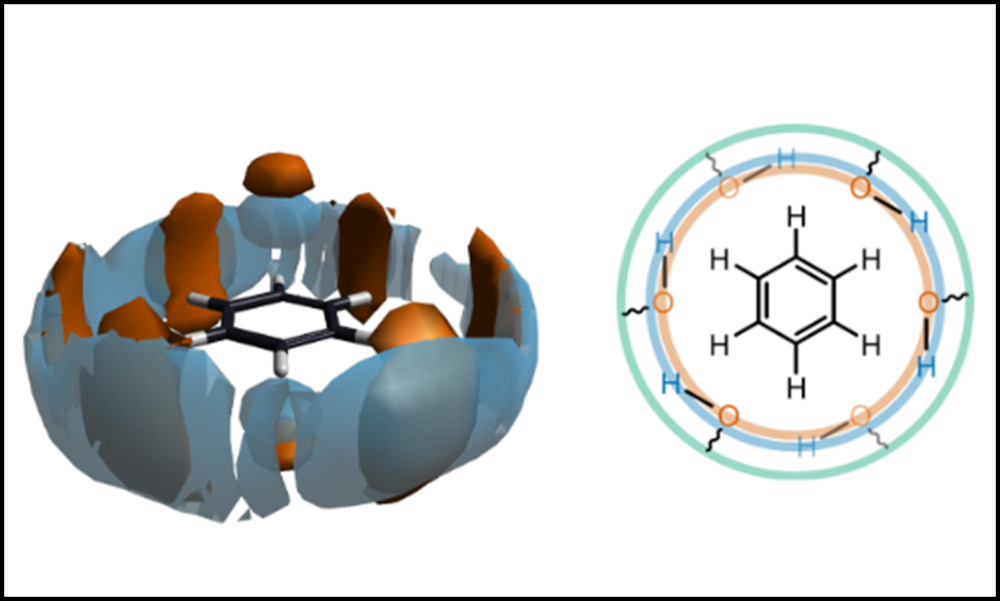
Spotting subtle structures in (intrinsically disordered) liquids is a supreme challenge, which can be addressed with neutron scattering. Here, the interactions between benzene and methanol have been derived which not only show O-H to pi bonding above/below the ring, but also weak hydrogen bonds between benzene's C-H and methanol's oxygen. The ordered belt it forms around the benzene circumference is surprising - given the weak bonding involved - but can be seen to come from taking advantage of the subtle shift in electrons from the aforementioned OH-pi bonds! These magnificent results, undertaken alongside UCL Physics, have just been published in Nature Communications.
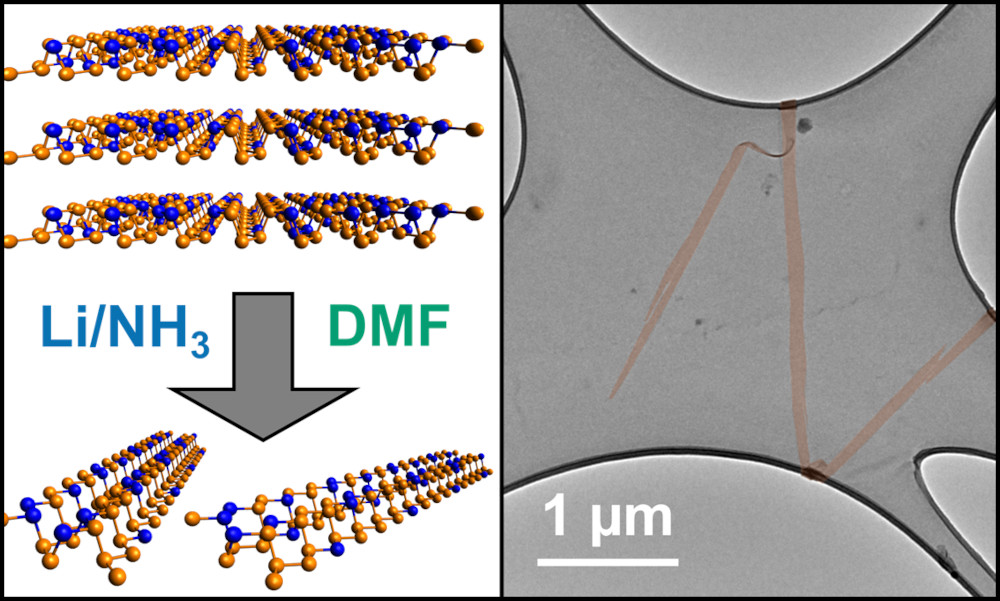
Phosphorene nanoribbons (PNRs) have remarkable promise - which is why we work on them - but they suffer from poor electrical conductivity due to their large bandgap, making them unsuitable for applications such as energy storage anodes and NIR detectors. By incorporating phosphorus' group 15 neighbour, arsenic, into them, the band gap becomes negligibly small, with high conductivity over 130 K. Field effect transistors and space charge limited current devices are assembled to probe their electronic properties, and the weird magnetic edges we see in PNRs (under review in somewhere more exciting than even JACS!) are also present. We look forward to playing around in our new research field (which we invented!) for many years to come, but for now, please do take a look at our brand new paper here.
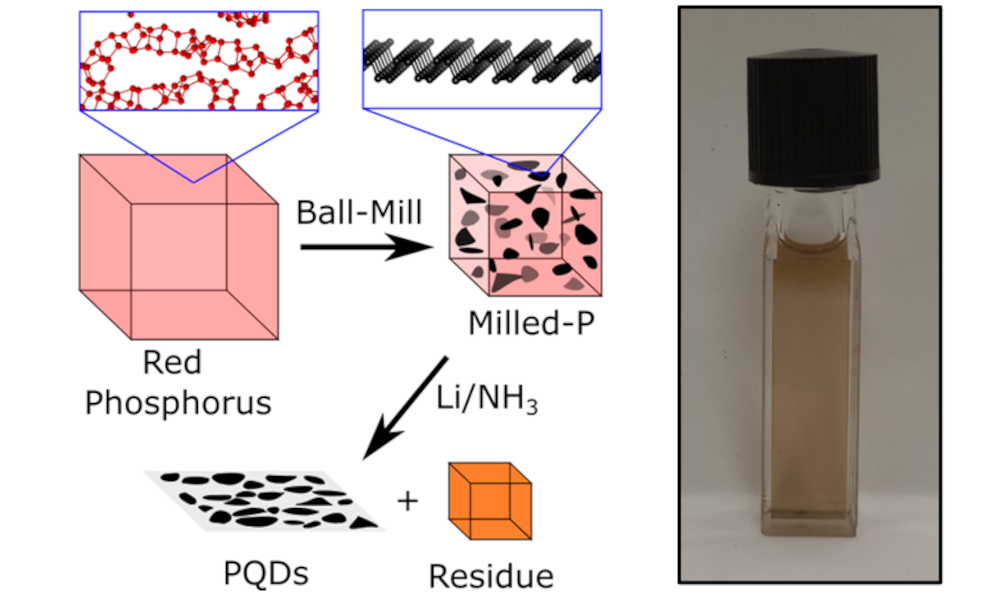
Phosphorene materials are a growing trend in the Clancy Lab and our most recent work looks at single layer sheets with diameters tens of nanometers wide. Previously, these phosphorene quantum dots (PQDs) were made from expensive black phosphorus, but by taking red phosphorus - the cheap stuff found on match heads - bashing it with steel balls at high speed, we make PQDs bound together into a big block. A good start, but not usable yet. The trick then is to use lithium to free up the PQDs to give soluble nanomaterials. As a small aside, we also became the first ever researchers to take atomic resolution microscopy images of a 2D material in solution (see below)! Read the paper here for full details.
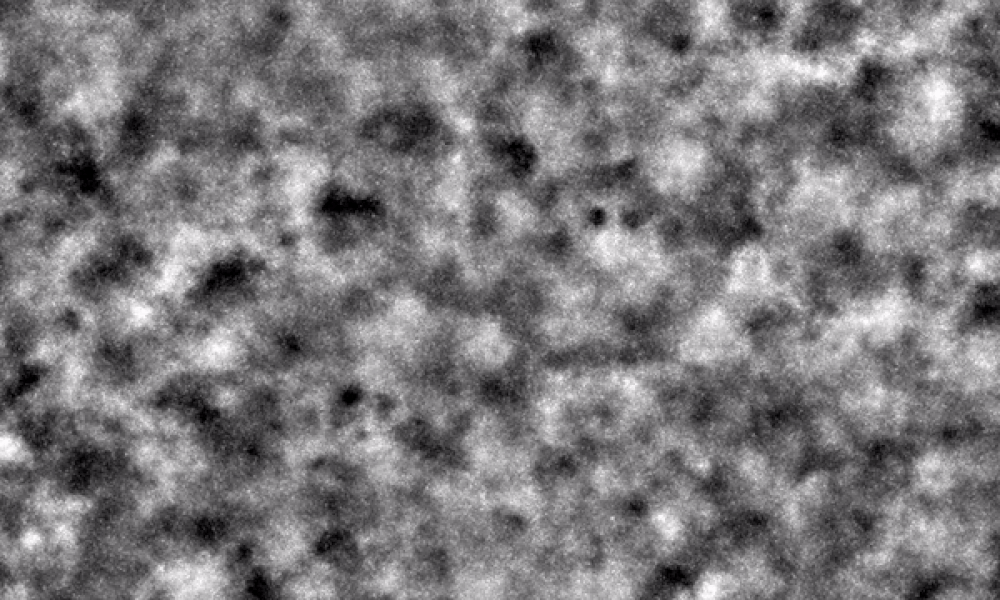
The PQD research (see above) included the first ever liquid phase transmission electron microscopy (LP-TEM) of a 2D nanomaterial in solution. Getting TEM images of anything in liquids is challenging as the beam must go through 2 windows and the noisy liquid, and so atomically thin 2D nanomaterials had previously been thought near-impossible. However, in collaboration with our resident TEM expert, Dr Andy Stewart, we broke through this barrier by taking advantage of the cutting edge prototype Nano Channel system developed by Danish company Insight Chips and advanced denoising software. Read the paper here for full details.
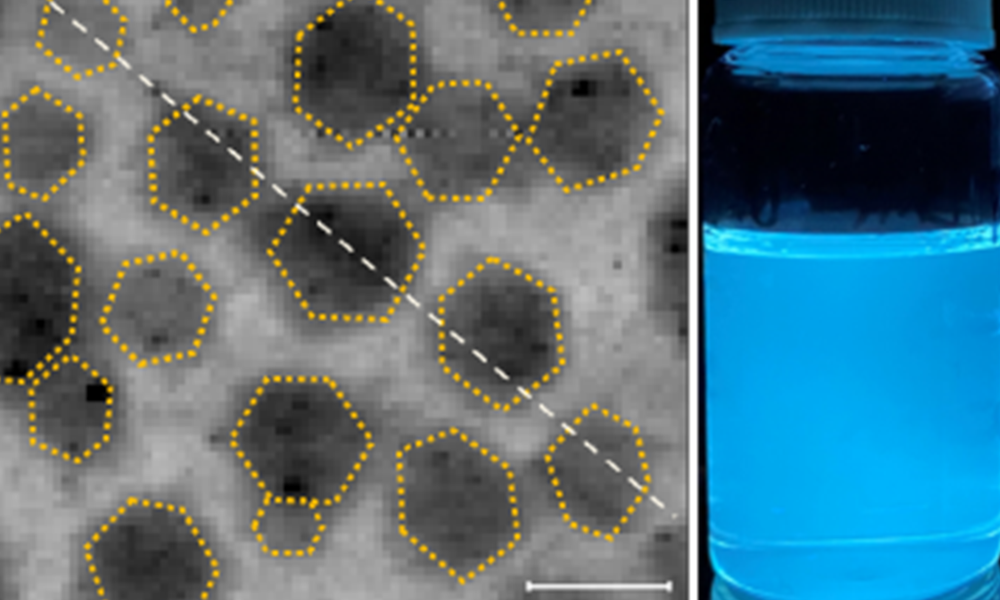
Ok, truth be told, we can only take a small bit of credit for this. We provided an extra pair of hands on the neutron beamline and a vial or two of our carbon nitrides, and wow did they make the best of it. The real credit goes to the excellent young Keenan Smith and the joint project leads Tom Miller and Fabrizia Foglia who pushed fuel cell performance to the limit by using these highly water-conducting materials. Read the paper here for full details.
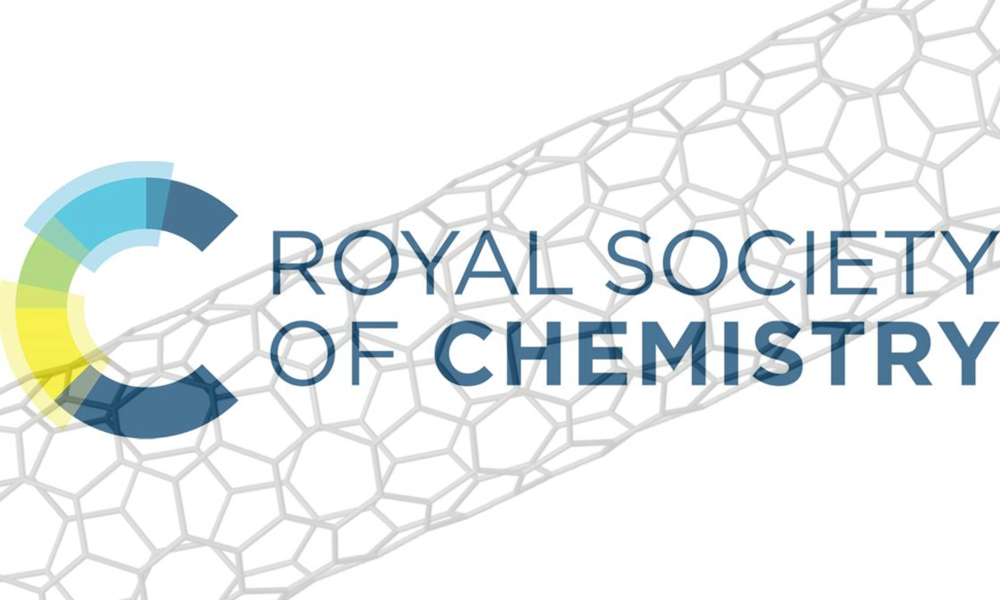
Thanks to the RSC for a small pot of money for Jakub Chomiuk to undertake a small project in the Clancy Lab. Jakub gets most of the credit for the blue-skies research plan which will remain secret for now in case either (a) it works and we want to publish it, or (b) it utterly fails and we want to pretend it didn't happen. We will say it will involve a welcome, belated return to the world of SWCNT research.
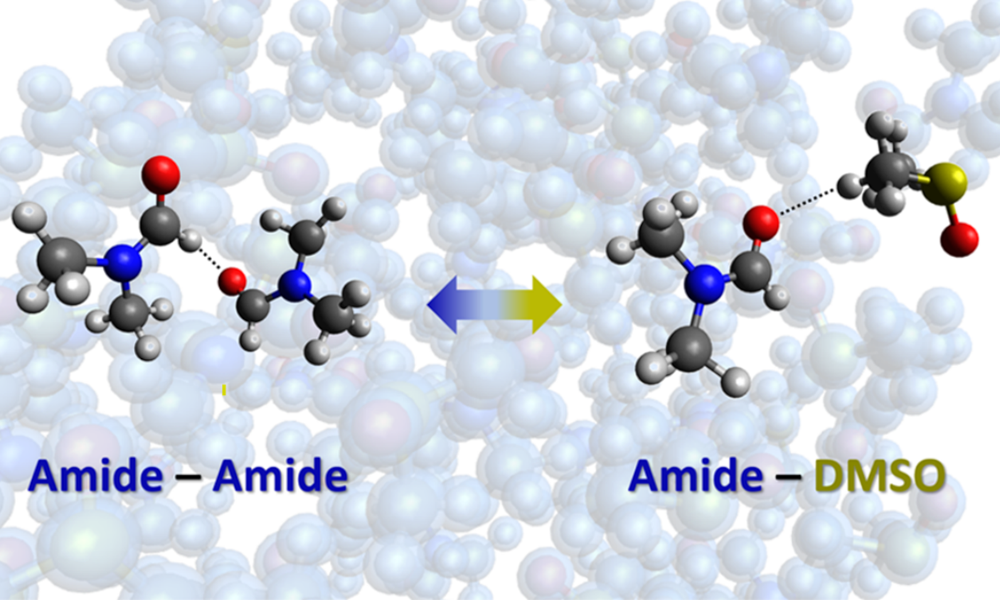
The research led by Prof Skipper and Soon-to-be-Dr Di Mino's (UCL Physics) on understanding solvent-solvent interactions has been published in J. Phys. Chem. B. Adam helped a little bit, but is mainly excited as DMAc is his favourite solvent (see J Mater Chem A, 2016) and it was key to understanding the surprisingly broad solvation power of dimethylsulfoxide. Read the paper here for full details.

Building on the Royal Society’s URF scheme, we have been successful in our bid for their ERE fund. The money will be used for two main purposes. Firstly, our glovebox will be replaced by a state of the art 3-glove box, which will provide the basis for much of our ongoing work with anionic nanomaterials. Secondly, it will be funding an upcoming PDRA position (for 2 years in the first instance), on developing new functionalisation reactions of nanomaterials. While the position is currently slated to start in October 2023, I encourage any interested early career scientists to get in contact via a.clancy[at]aul.ac.uk to enquire further and discuss suitability.
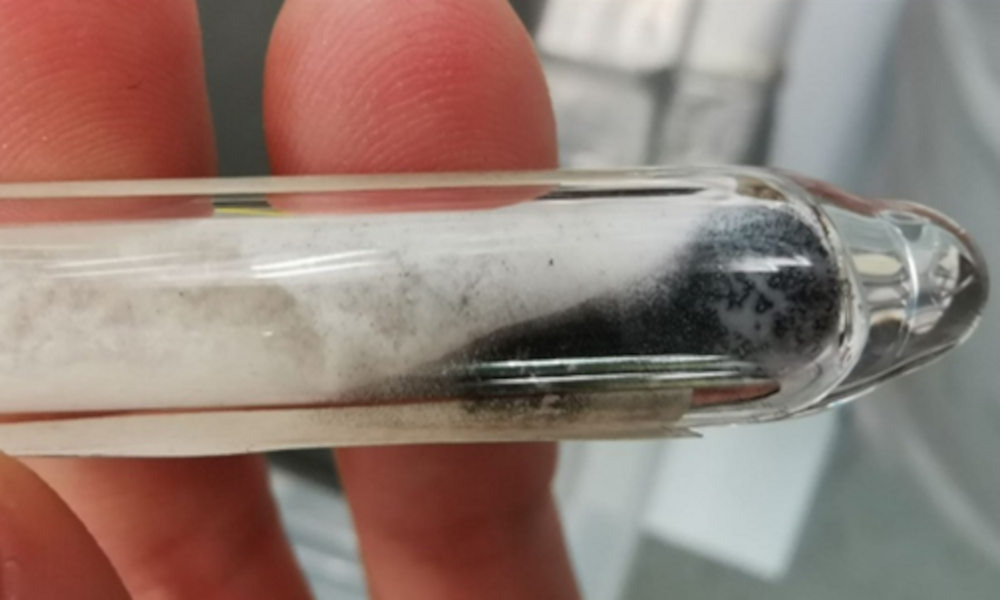
Having undertaken an MSci project on developing templated main-group mesoporous materials in the Clancy Lab and co-supervised by Prof Andrea Sella, Alissa Sadikovic has been awarded the Gillespie Prize. We are delighted that she will be staying at UCL (albeit leaving our group) to work alongside Prof Gopinathan Sankar, where she will continue her journey into advanced functional inorganic crystalline systems.
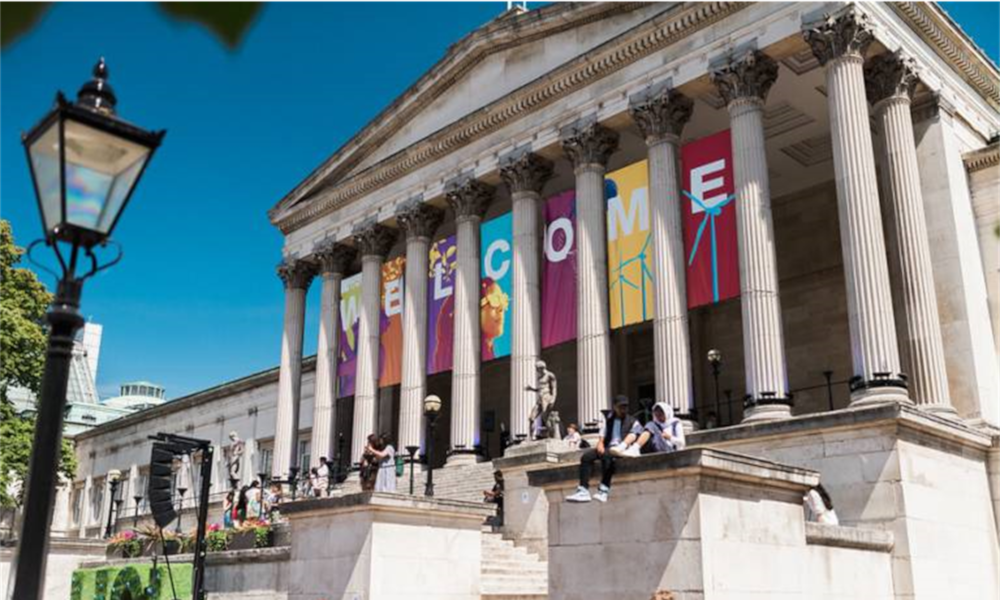
UPDATE: The positions have now been filled. Please keen an eye out for positions to start in Sept 2024 (at least 1 will be available) Studentships funded by UCL Department of Chemistry will be opening, to be focussed on solvent-nanomaterial interactions, and advanced characterisation of charged phosphorene. Interested candidates are highly encouraged to email a.clancy[at]ucl.ac.uk to discuss further.
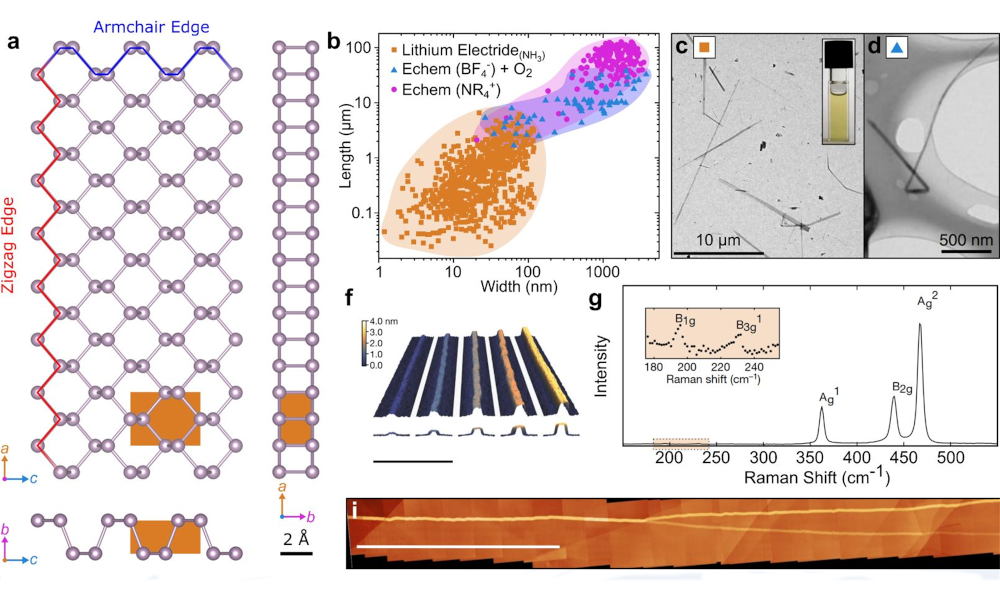
Building on our recent successes in creating optical devices (including photovoltaic cells) from phosphorene nanoribbons, we were invited to discuss our vision for how PNRs will play a role in next generation energy devices. A big thanks to our good friends at Cell Press and Joule for the invite, and you can read our perspective right here.
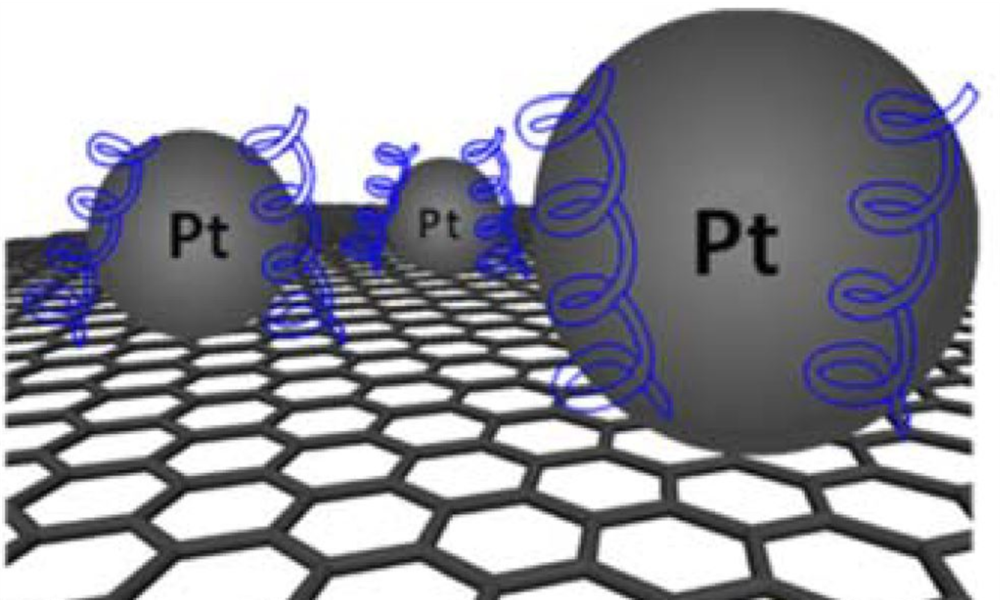
Graphene has a nasty habit of stacking together (see our previous work, led by Theo Suter) and not sticking to the platinum nanoparticles which make fuel cells work, so we have done lots of work in functionalisation of graphene to trap our metals, showing a marked improvement in performance.
Read our paper in J Mater Chem A here.
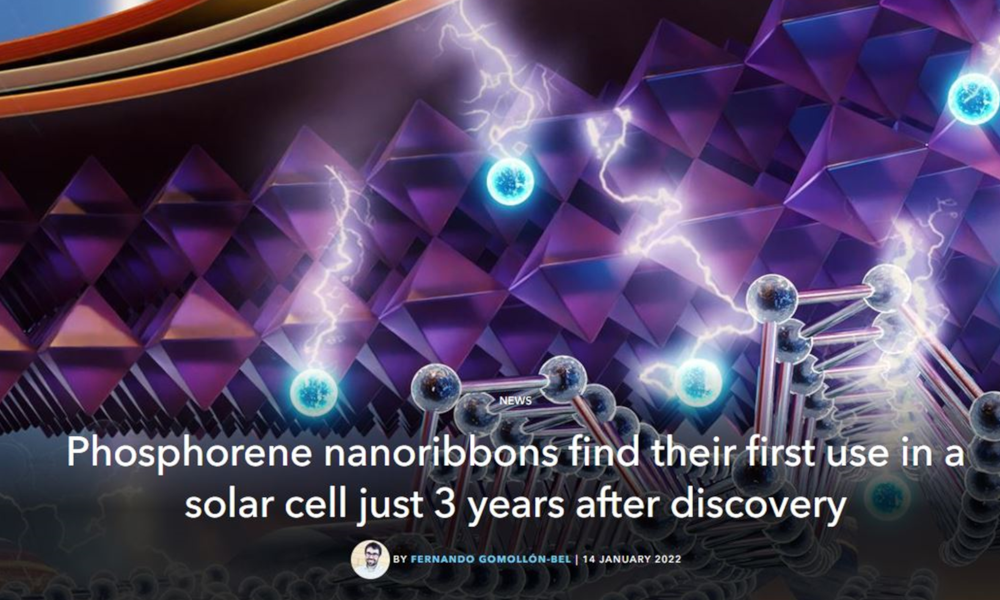
Our recent 2021 JACS paper was picked up by Chemistry World, as the first ever optical devices made from PNRs, which not only brought us to the cutting edge of device performance on the first go, but also did so really quickly after their discover.
Read the article here.
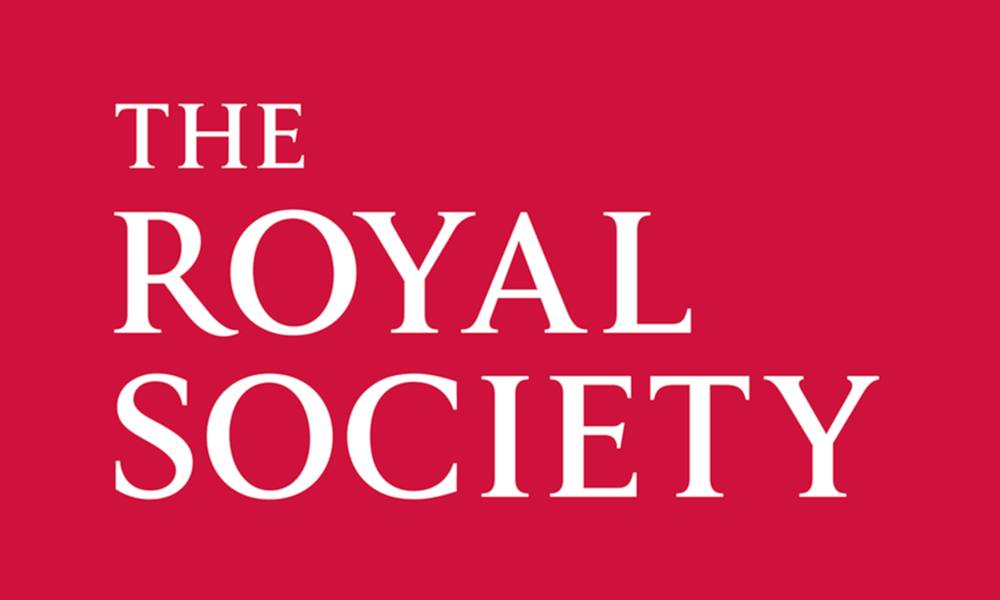
We will be investigating the interface between charged nanomaterials and solvents when they are spontaneously solvated. Its a system we know well, chemistries we love, and a route to answers across a whole range of fields from paint to supercapacitors. We are really excited to get going and incredibly grateful to the Royal Society for this opportunity.
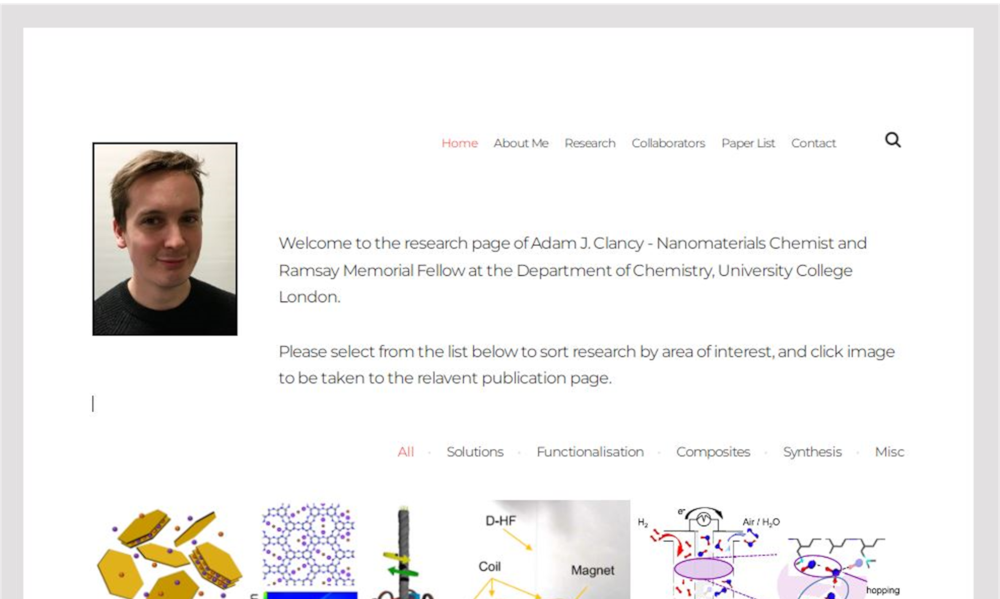
There's less overlap between materials chemistry and web design than I'd hoped, so this cost a lot of my free time. It looks better than the old one though